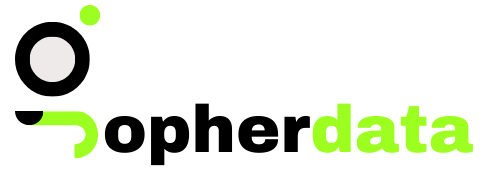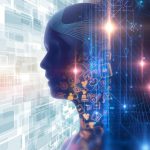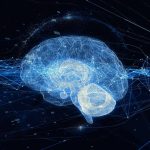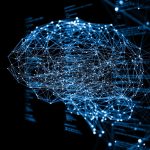In today’s digital age, technology and creativity often intersect in fascinating ways. One such intersection is the realm of art, where AI algorithms have been harnessed to generate stunning and thought-provoking pieces of visual art, music, and more. The fusion of technology and art has given birth to a new genre of creative expression, allowing us to explore the boundaries of what’s possible. In this blog post, we’ll delve into the mesmerizing world of AI-generated art, exploring how algorithms are becoming artists in their own right.
The Art of Algorithms

At its core, art is about expressing oneself and evoking emotions. Traditionally, artists have relied on their skills, intuition, and imagination to create masterpieces. However, AI algorithms are now challenging our perceptions of artistry. These algorithms can analyze vast amounts of data, learn patterns, and generate art that is not only aesthetically pleasing but also emotionally resonant.
For example, “DeepDream” is a neural network developed by Google that can turn ordinary images into psychedelic and surreal works of art. By enhancing patterns and shapes within an image, DeepDream can create visually stunning pieces that captivate the viewer’s imagination. It’s as if the algorithm has tapped into the subconscious of the digital world, revealing hidden beauty in everyday photographs.
The Creative Process
Creating art with AI algorithms is a unique process that involves collaboration between human creativity and machine learning. Artists and programmers work hand in hand to develop algorithms that can mimic artistic techniques and styles. These algorithms are then fed with data, which can range from classic paintings to modern photographs, enabling them to learn and adapt.
One remarkable example of this collaborative effort is “AIVA,” an AI-powered music composition tool. AIVA composes music by analyzing a vast database of classical compositions and then generates original pieces that evoke the style of great composers like Mozart or Beethoven. This fusion of human expertise and AI capabilities showcases the potential for AI to amplify human creativity rather than replace it.
Expanding Possibilities
AI algorithms have opened up new horizons in art by enabling artists to explore novel mediums and techniques. For instance, generative adversarial networks (GANs) have been used to create art that blurs the line between human and machine creation. GANs consist of two neural networks—one generates art, while the other critiques it. This adversarial process results in the refinement and improvement of the generated art over time.
GANs have given birth to a style of art known as “AI art,” which has gained recognition and appreciation in the art world. Pieces created using GANs often incorporate elements of surprise and unpredictability, as the algorithm can introduce unexpected twists and details into the artwork, challenging the viewer’s perceptions.
Ethical Considerations
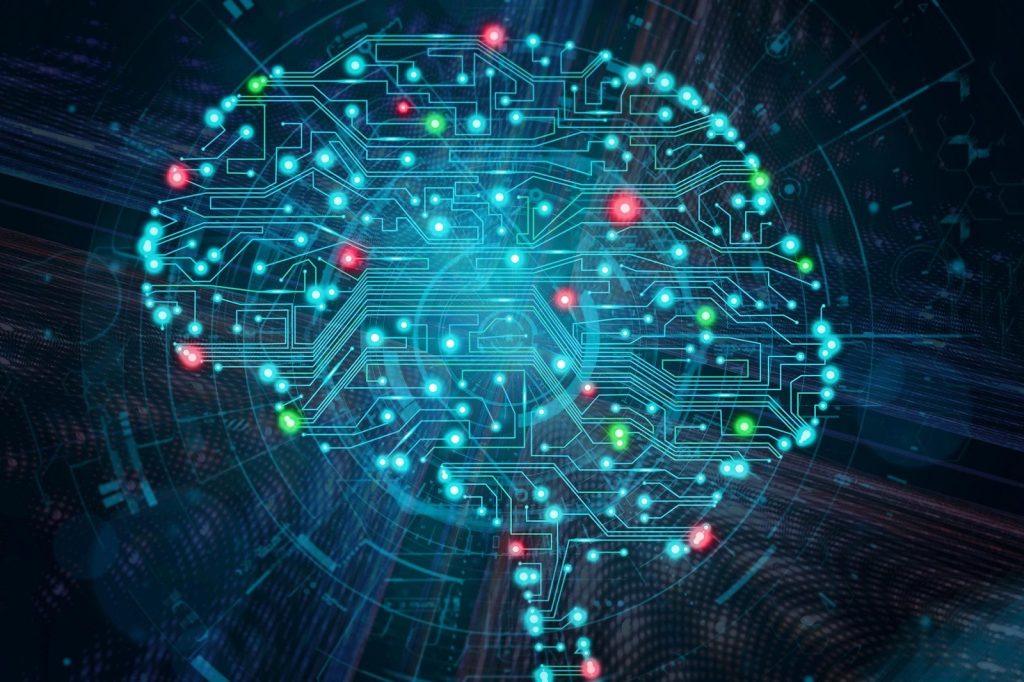
While AI-generated art is undeniably captivating, it also raises ethical questions. Who owns the rights to art created by an algorithm? Is it the programmer who designed the algorithm, the individual who initiated its creation, or the algorithm itself? These questions are complex and have yet to be fully resolved.
Moreover, there are concerns about AI algorithms perpetuating biases present in the data they are trained on. If an algorithm is exposed to artwork that predominantly reflects the aesthetics and values of a particular culture, it may unintentionally reinforce those biases in its generated art. Artists and developers must grapple with these ethical challenges as they continue to push the boundaries of AI-generated art.
Embracing the Future
The intersection of art and AI algorithms is an exciting frontier that continues to evolve and captivate both artists and audiences. As technology advances, we can expect to see even more innovative and surprising creations emerge from the collaboration between humans and machines. The beauty of code lies in its ability to extend the boundaries of creativity and challenge our preconceptions of artistry. So, let us embrace the future and celebrate the mesmerizing art that emerges from the realm of algorithms.
